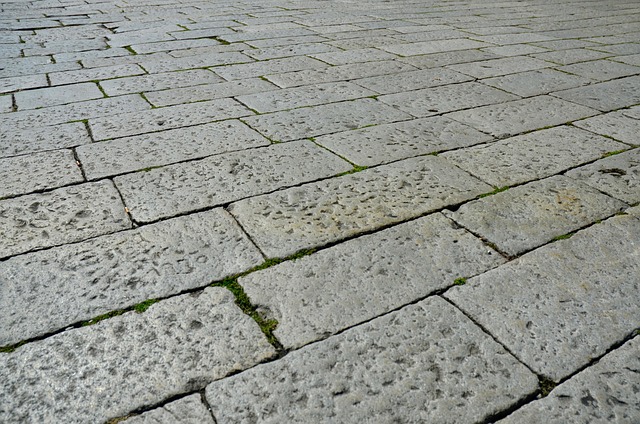Glulam, an innovative engineered wood product, offers exceptional structural integrity, durability, and eco-friendliness, making it a preferred choice for commercial and residential projects. Its unique properties allow for versatile architectural designs, reducing material waste and carbon footprint compared to traditional building materials like steel or concrete. Glulam's cost-effectiveness and structural advantages drive its adoption in sustainable construction practices across various sectors.
Glulam, or glued laminated timber, offers a unique set of structural advantages that make it an increasingly popular choice in construction. This innovative material combines multiple layers of wood to create incredibly strong and durable structures. With its exceptional strength-to-weight ratio, glulam provides designers with unparalleled flexibility, enabling the creation of complex and aesthetically pleasing forms. Furthermore, its environmental benefits and cost-effectiveness contribute to a more sustainable and budget-friendly solution in building.
- Strength and Durability: Unmatched Performance
- Design Flexibility: Boundless Creativity
- Environmental Benefits: Sustainable Choice
- Cost-Effectiveness: Budget-Friendly Solution
Strength and Durability: Unmatched Performance
The structural integrity of glulam (glular laminated wood) is unparalleled, making it a top choice for both commercial and residential projects. Each component of glulam—the high-quality glue and carefully selected wood layers—contributes to its exceptional strength and durability. This innovative glulam construction method ensures that structures can withstand extreme weather conditions, heavy loads, and seismic activities with ease.
Compared to traditional building materials, glulam offers enhanced performance in terms of resistance to rot, insects, and fire. Its natural beauty and ability to be crafted into intricate architectural elements make it a sustainable alternative for infrastructure projects aiming to reduce the carbon footprint associated with construction. Glulam for sustainable infrastructure is not just a trend; it’s a practical solution that combines strength, durability, and eco-friendliness in one material, revolutionizing the way we approach building design and construction.
Design Flexibility: Boundless Creativity
The use of glulam offers architects and designers a remarkable degree of flexibility in terms of structural elements. This engineered wood product can be shaped, sized, and connected in virtually any way imaginable, making it an ideal solution for modern architectural visions that demand unique forms and organic aesthetics. With glulam, the sky’s the limit when it comes to design possibilities; from sweeping curves and complex geometry to intricate detailing, the material adapts seamlessly to meet the creative vision without sacrificing structural integrity.
This versatility is particularly advantageous in high-end residential projects where custom designs and bespoke features are often sought after. Glulam allows for the creation of stunning, visually captivating spaces while also providing robust support for curved structures, which can be a challenge with traditional building methods. Moreover, when considering glulam design, engineers must take wind load into account, as it plays a crucial role in ensuring the safety and longevity of any structure, especially those with unconventional shapes that might be more susceptible to aerodynamic forces.
Environmental Benefits: Sustainable Choice
The use of Glulam (Glulam Timber Laminates) presents a compelling environmental narrative, making it an increasingly popular choice for sustainable construction. This innovative structural material is crafted from multiple layers of wood veneers bonded together under pressure, creating a strong and durable component. As a result, Glulam reduces the need for large volumes of conventional timber, contributing to more sustainable forest management practices.
By embracing Glulam solutions for complex geometry, architects and engineers can minimize material waste and reduce the carbon footprint associated with construction. The long-lasting properties of glulam ensure reduced maintenance and extended service life, further lowering the environmental impact of rebuilding and renovation projects. Moreover, advanced glulam structural analysis software enables precise design optimization, ensuring efficient use of materials and minimizing the ecological footprint of any structure.
Cost-Effectiveness: Budget-Friendly Solution
Glulam, or glued laminated timber, offers a cost-effective solution for various construction needs. Its budget-friendly nature makes it an attractive option, especially in today’s market where affordability is a top priority. By utilizing glulam, builders and architects can achieve complex structural designs without incurring the high costs associated with traditional building methods. This versatility is particularly advantageous in both commercial and residential sectors, allowing for innovative architecture while maintaining economic feasibility.
In the realm of high-end residential projects, glulam has found its place, enabling the creation of custom homes that exude both elegance and strength. Its ability to accommodate complex geometry ensures that designers can bring unique visions to life without compromise. Moreover, glulam’s structural integrity makes it suitable for challenging sites or unusual floor plans, providing a reliable and budget-conscious alternative to steel or concrete frameworks.
Glulam offers a unique combination of strength, durability, and design flexibility, making it an unparalleled choice for modern construction. Its environmental benefits and cost-effectiveness further solidify its position as a sustainable and budget-friendly solution. By embracing glulam technology, architects and builders can unlock endless creative possibilities while ensuring structural integrity and long-lasting performance.







